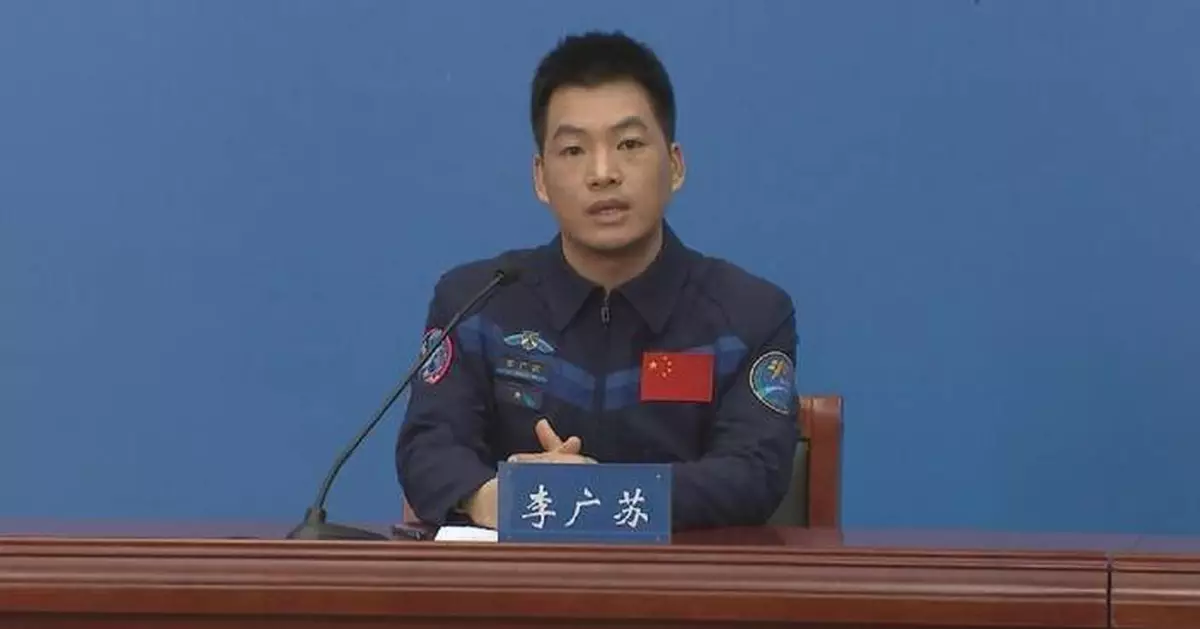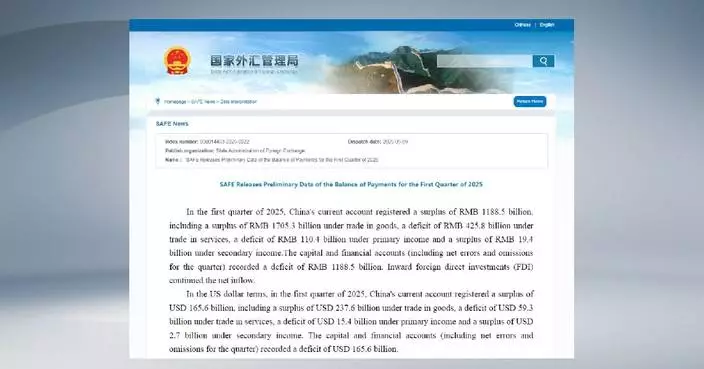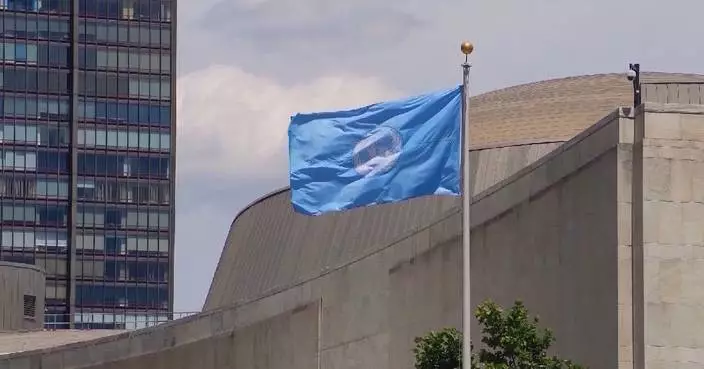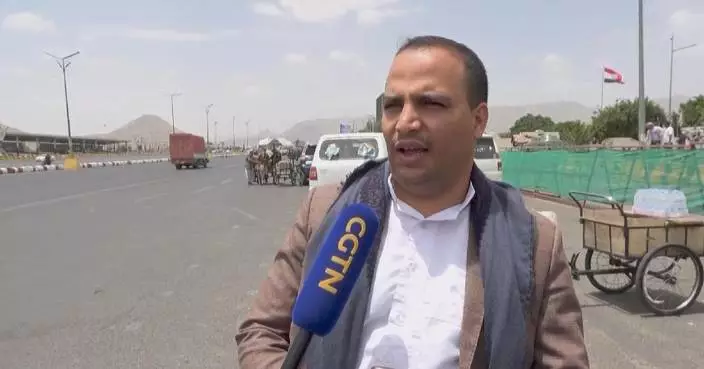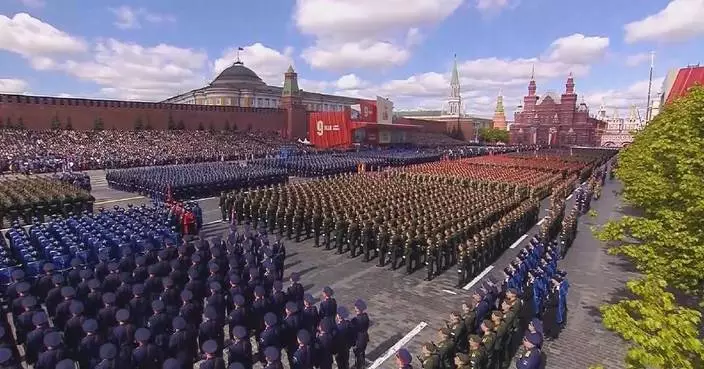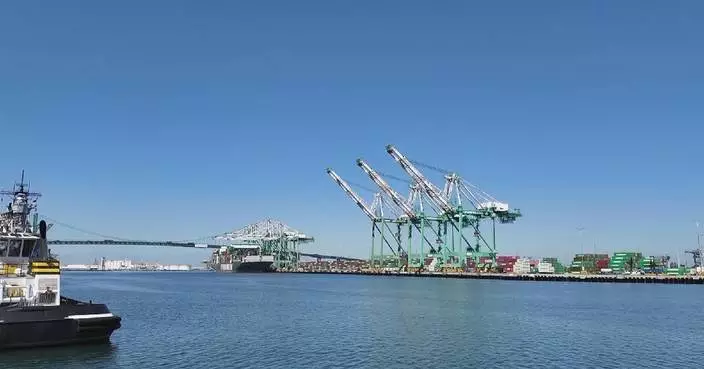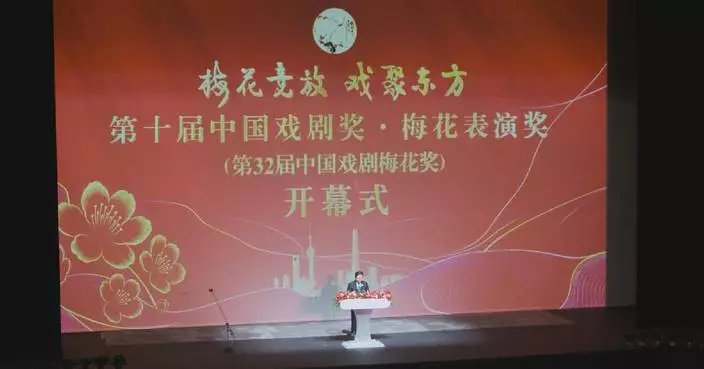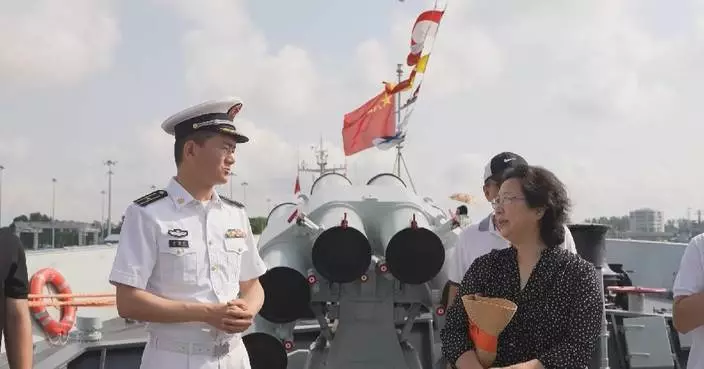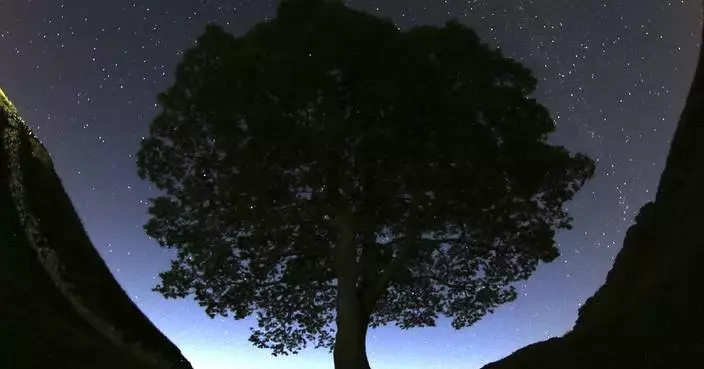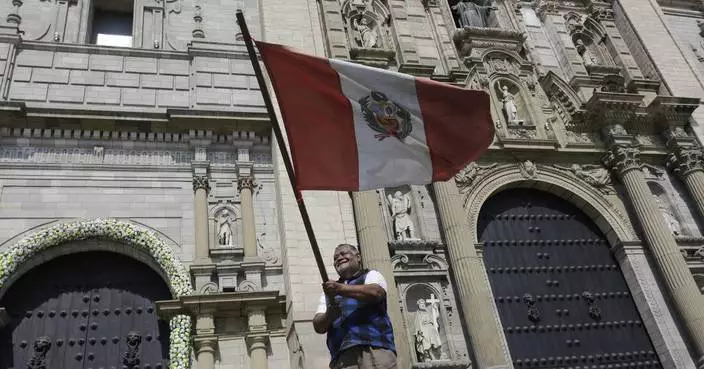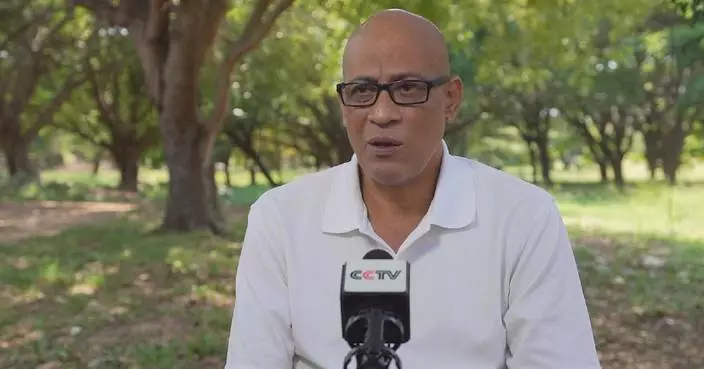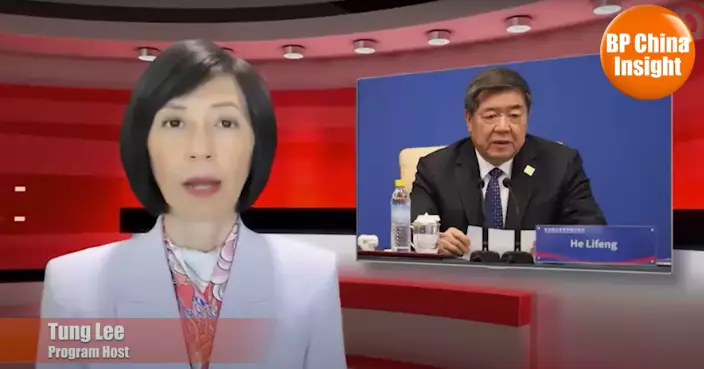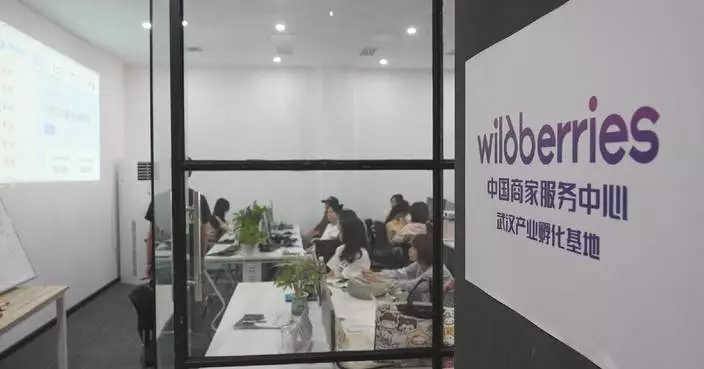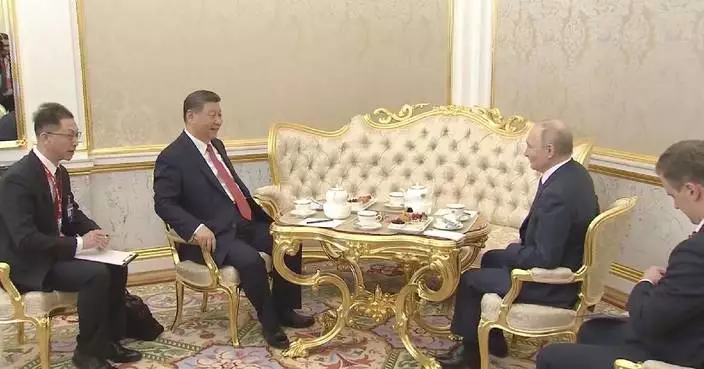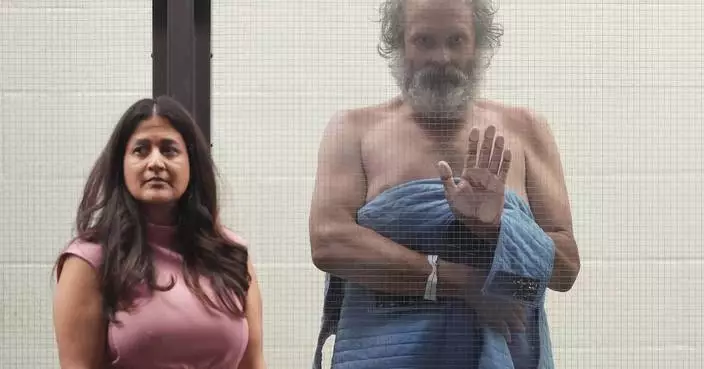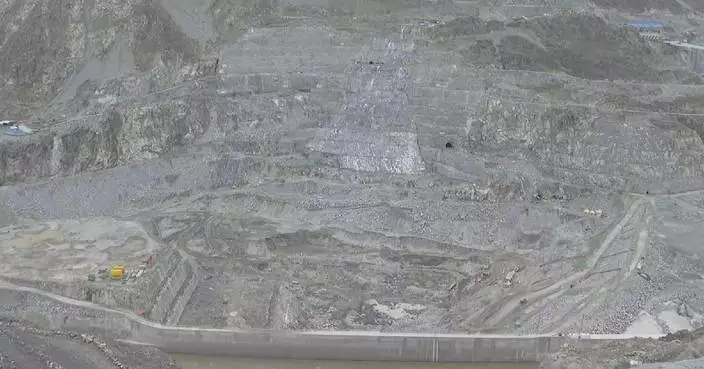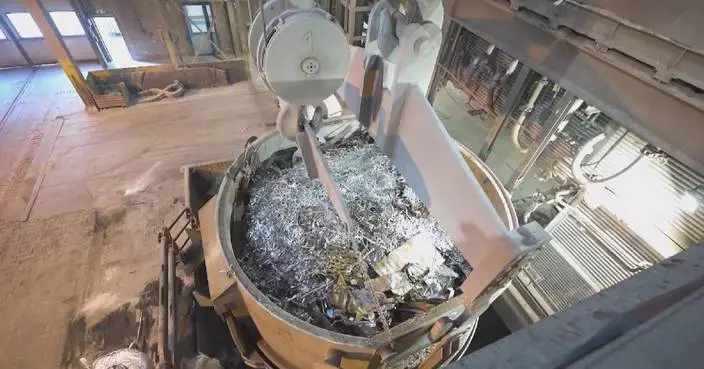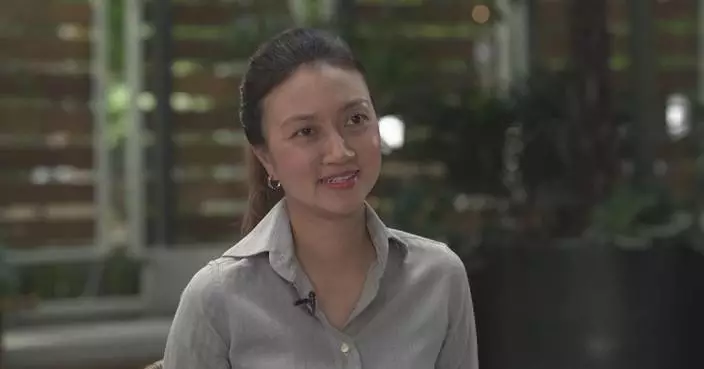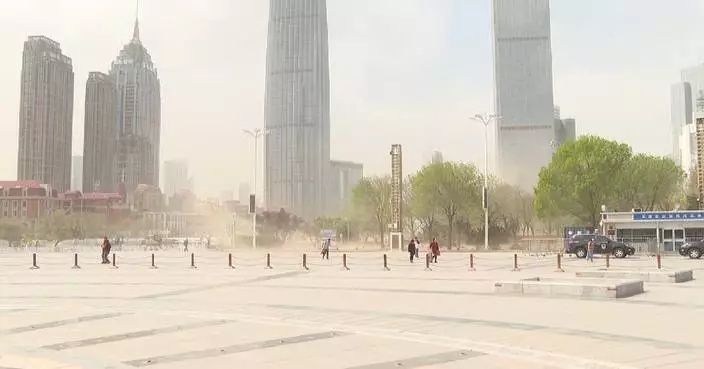The two successful extravehicular activities during China's Shenzhou-18 mission are attributable to thorough preparations like targeted trainings for astronauts, and sophisticated coordination between crew members and ground control team, said Li Guangsu, a member of Shenzhou-18 crew at a press conference in Beijing on Wednesday.
Li Guangsu, together with the other two Shenzhou-18 members, Ye Guangfu and Li Cong, made their first public appearance since returning from China's Tiangong space station two months ago.
During their mission, the three astronauts carried out two extravehicular activities, supported several cargo entries and exits, and conducted dozens of scientific experiments.
"I'm happy and proud to be able to conduct a spacewalk in my first spaceflight mission. Since China's space station was fully constructed and entered a stage of operation and development, avoiding space debris, strengthening the overall protection of the space station, and maintaining its safety have drawn attentions from all sides. So, we conducted targeted underwater and virtual reality trainings on the ground to increase physical exercise. Through in-orbit training, we knew better of operations in a zero-gravity environment," said Li.
"During the mission, under the scientific guidance of the ground extravehicular expert team and the direction and the arrangement of the commander, our crew coordinated well with our ground colleagues. We regard the national interest as paramount, and we were always strict with ourselves and held ourselves to the highest standards and dared not slack off a bit. As we maintained a high sense of responsibility for the space program throughout the mission, we made sure that we were fully prepared for the tasks, operated with extreme care each time, and strengthened checks. When each part of the work was fully prepared, the success followed naturally," he said.
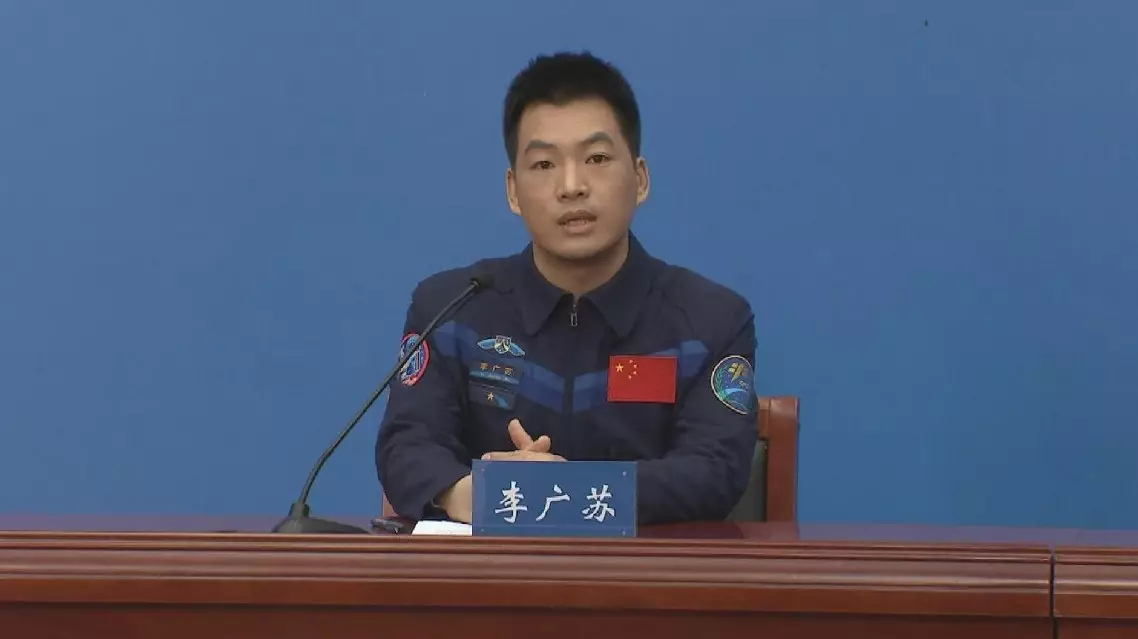
Successful spacewalks attributable to good preparation, coordination: astronaut
As China advances its rural revitalization drive, Yunnan Province's flower industry is not only booming but also drawing young people back to their hometowns, injecting economic vitality and modern innovation into the countryside.
In Jinning District, a key floriculture hub in the capital city of Kunming, the flower trade is in full bloom. Roughly seven in every 10 cut flowers in China come from Yunnan, and within the province, Jinning accounts for a similar share.
One of the area's demonstration parks features 17 greenhouses dedicated to the cultivation and harvesting of fresh flowers. The park provides over 400 jobs a year, employing nearly half the residents in two nearby villages and boosting local incomes to around 40,000 yuan (about 5,600 U.S. dollars) annually.
Du Junbao, a local in his 20s, is part of this growing wave of returning youth. As a third-year agriculture student, Du is interning at a flower company in Jinning and plans to stay after graduation.
"This area is for sorting and packaging. They start at 9 a.m. [09:00], break at noon, and keep working until all the flowers are packed," said Du.
Inside the company's cold storage facility, manager Jing Wuhong said young workers adapt better to the chilly conditions, which are maintained at 2 to 6 degrees Celsius to preserve flower freshness.
"I'm a villager here. Working here makes it more convenient to take care of my kids too," said Tian Cai'e, a flower packer at the facility.
Besides full-time employment, villagers can also rent greenhouses from the local flower cooperative, which manages sales, operations, and training. Modern farming techniques have improved efficiency and profits.
"For example, with Valentine's Day around the corner, I can adjust the water and temperature to speed up flower growth," said Chen Hongwei, deputy general manager of Yunnan Hanqian Agricultural Technology.
According to Chen, farm uses filtered water mixed with precise nutrients, helping to prevent pests and disease.
"This is how the water looks after second-level filtration. Then we filter it again and add precise levels of nutrients. Traditional farming uses natural water, but that can carry bacteria and pests. Filtered water helps keep the flowers healthy and clean," he said.
These scientific methods are paying off. Every 600 square meters of greenhouse space can yield a net income of 50,000 to 80,000 yuan annually (about 7,000 to 11,200 U.S. dollars), according to company estimates.
Advanced flower farms now cover 9.3 square kilometers in Jinning -- roughly the size of 1,300 soccer fields. According to local government data, the industry has generated over 52,000 jobs, or nearly one-sixth of the district's population, and continues to inject vitality into the region's rural economy.

Yunnan's blossoming flower industry spurs economic growth, attracts young talent



